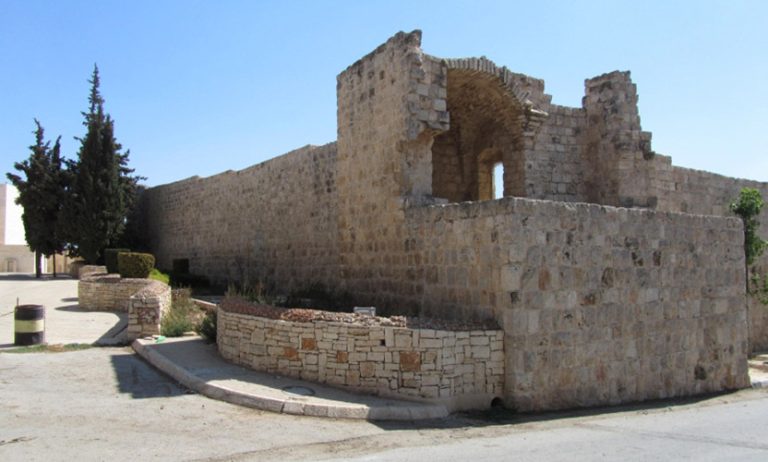Palestine, Bethlehem district
Solomon’s Pools
Solomon’s Pools and relating aqueducts, the heart of Jerusalem’s past water supply

Hydria Virtual Museum
Relevance
To the south of Bethlehem, on the road to Hebron, lie three legendary pools surrounded today by a forest of pine trees. These pools were a part of an ancient waterway that supplied Jerusalem.
The three open, rectangular reservoirs each with a 6 meters drop to the next were fed from two aqueducts, water run-off from the surrounding mountains and several underground springs. The reservoirs are monumental in size, with a combined surface area equal to more than 4 football fields and a capacity of over one quarter million cubic meters!
Legend says that King Solomon built the pools and an aqueduct to bring water to his temple … but this is just a myth. Even if the exact date of their construction is not fixed, scholars date the pools (at least one of them) around the mid 2nd to mid 1st century BC.
The Solomon pools are part of a complex hydraulic system incorporating also constructed and quarried aqueducts, shaft tunnels, dams and channels. The waterworks developed in stages, from the mid 2nd century BC until their peak in the middle 1st century AD, when the whole system included five aqueducts. In later centuries, especially during the Byzantine and the Ottoman Era, many restorations of the pools and the aqueducts took place.
In the past, the stored water of the pools was used by the trade caravans coming from Gaza and also to water the city of Jerusalem. Actually, the pools have been in use, covering the needs of Jerusalem, for about two thousand years, up until 1967.
In this case the Solomon pools and related waterworks are presented.


